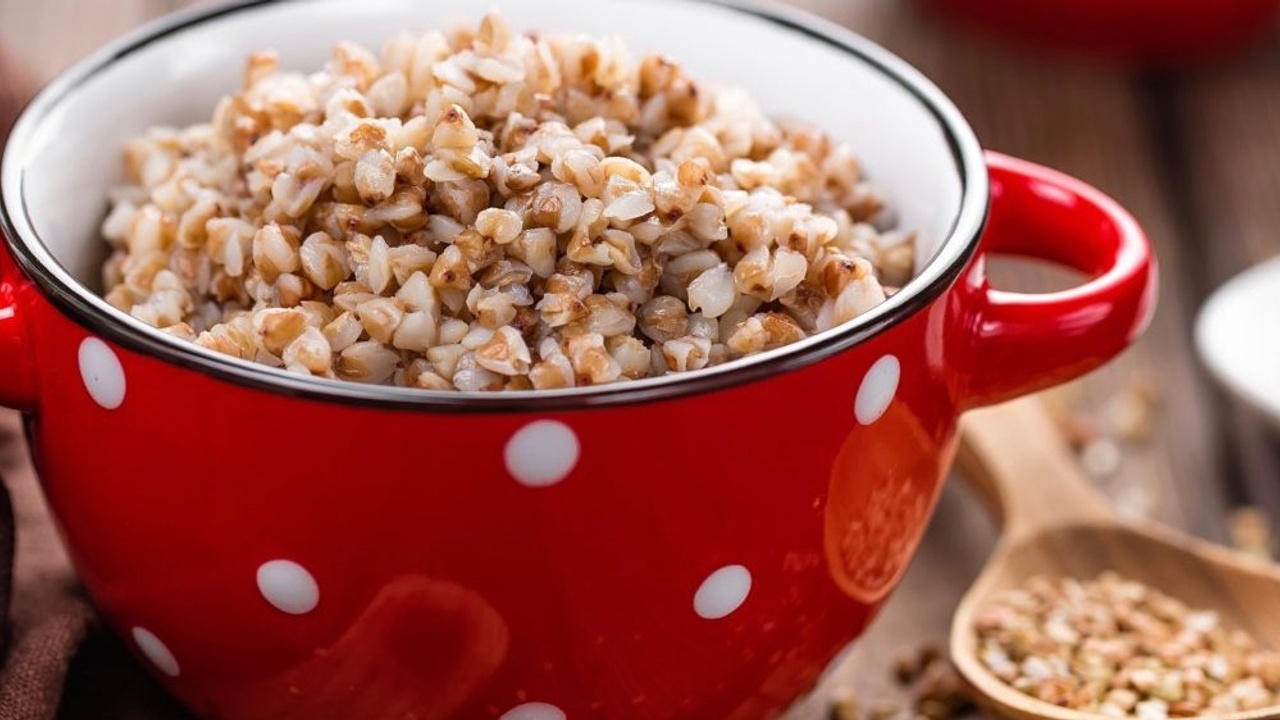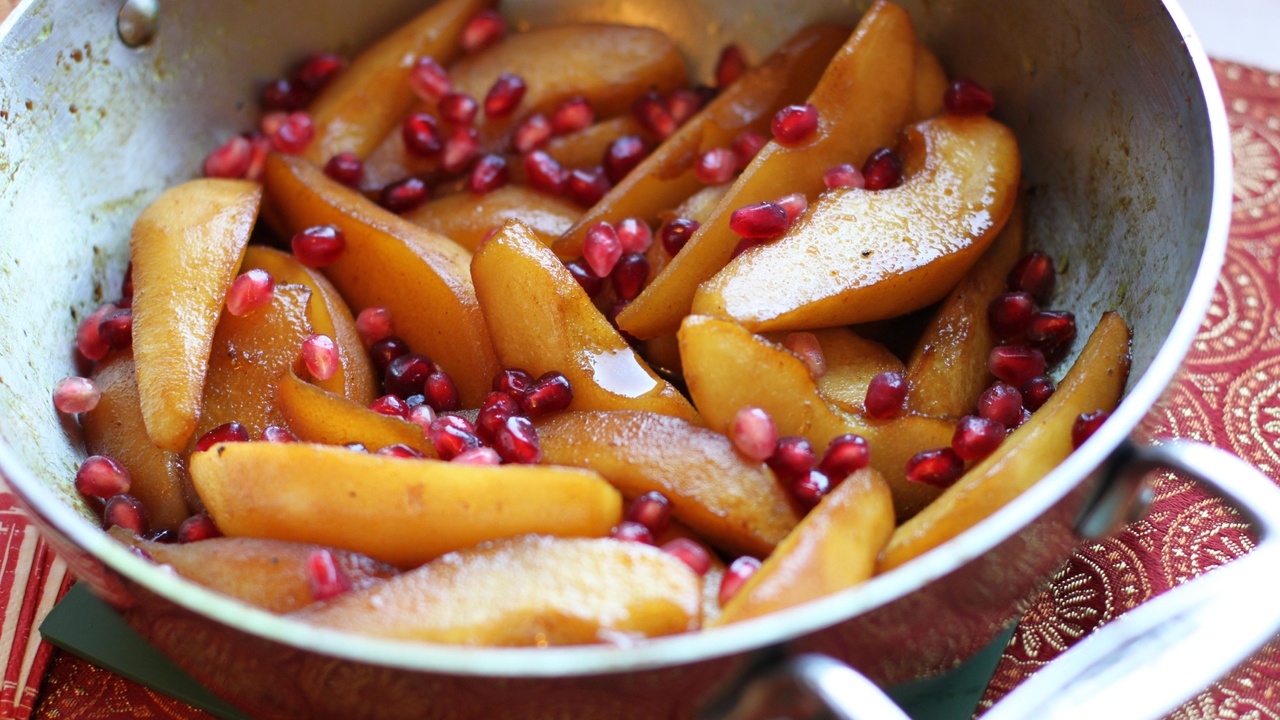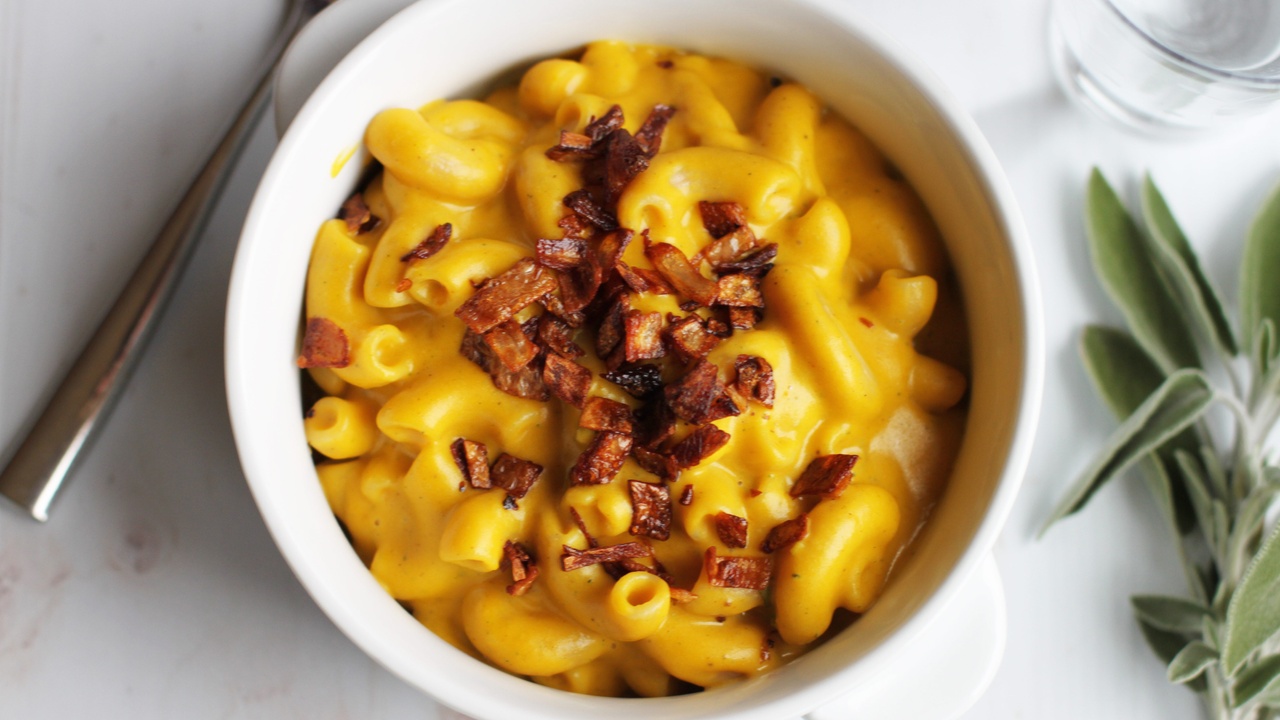How to Cook Kasha or Toasted Buckwheat Groats

Move over quinoa. We have a new crush. This gluten-free grain substitute blows you out of the water– nutritionally speaking. I'm talking about kasha (not Kashi), or whole toasted buckwheat groats.
Buckwheat is not a grain, but rather the seed of a plant related to rhubarb. Buckwheat is gluten-free and boasts some unique nutritional factors, including resistant fiber, bioflavonoids, tannins, and bound antioxidants.
Buckwheat flour can be used as a gluten-free substitute for pancakes and waffles, and may also be found in Japanese buckwheat soba noodles. The focus of this post is on whole buckwheat. By the end of this post, you’ll know how to cook, purchase, and store whole buckwheat, and why you may want to consider adding it to your thyroid-healthy pantry.
Full disclosure: Some of the links in this post may be affiliate links. As an Amazon Associate, I earn from qualifying purchases. Purchasing a product using one of these links will support my work at no additional cost to you. Please know that I only recommend products I wholeheartedly stand by.
Kasha vs Raw Buckwheat Groats
Before you head off to the bulk-food section to procure your buckwheat, there’s some knowledge you need to take with you. Both kasha and raw buckwheat groats are simply whole buckwheat grains. The difference is that kasha is toasted, and raw buckwheat groats are not.
For more toothsome, fluffy, individual grains I recommend purchasing raw buckwheat groats, and toasting them at home. In my experience pre-toasted kasha tends to disintegrate quickly.
Toasting your buckwheat groats is also important because it affects cooking time. Toasted groats cook in half the time as their raw counterparts. I suspect that may be why I’ve had some disappointing experiences with store-bought pre-toasted kasha.
Here’s my theory on that: When toasted in large batches at a factory, some of the kernels become well-toasted, bursting shortly after they begin to cook, and dissolving into a grainy porridge. Other kernels in the batch are less toasted and remain firm long after the others have turned to paste. I’ve found that toasting your own in small batches ensures even toasting, and therefore, even cooking.
Buying & Storing Buckwheat Groats
Groats are found in the bulk section of many grocery stores. Bob’s Red Mill also sells raw buckwheat groats and kasha by the bag.
Make sure you purchase buckwheat groats since the term ‘groats’ is also used to describe whole-grain oats or other types of grain in whole form.
When storing buckwheat groats, the pantry’s okay, but stash them in the fridge or freezer if you want to extend their shelf life.
Try this recipe: Sesame Carrots with Kasha (Toasted Buckwheat)
Thyroid-healthy Highlights:
- A cup of kasha or buckwheat groats has 4.5 grams of fiber, which can help relieve constipation sometimes associated with thyroid conditions.
- Kasha or buckwheat groats provide 7% RDI of Tyrosine, an essential amino acid important to the production of thyroid hormone.
- Kasha or buckwheat groats contain 7% DV of Zinc, which helps boost the immune system.
- Buckwheat groats have a very low glycemic load, scoring 14 out of 250, making this food a good choice for weight loss.
Happy cooking, happy thriving, and enjoy the recipe (below)!

P.S. Need more thyroid-friendly recipe inspiration? I’ve got you covered. My Thyroid-friendly Everyday eCookbook features over 50 quick and easy, thyroid-friendly recipes your whole family will love. To take a peek at what’s inside, CLICK HERE.
Suggested Accompaniments:
- Lemon Dill Chicken
- Grilled Flat Iron Steak with Parsley, Garlic & Olive Relish
- Loaded Mediterranean Salmon
- Chicken Saltimbocca
- AIP Lamb Sausage
Subscribe to my free newsletter for fresh recipes & lifestyle tips, delivered weekly, and receive a free gift!
By submitting this form, you agree to receive ongoing updates from Hypothyroid Chef










